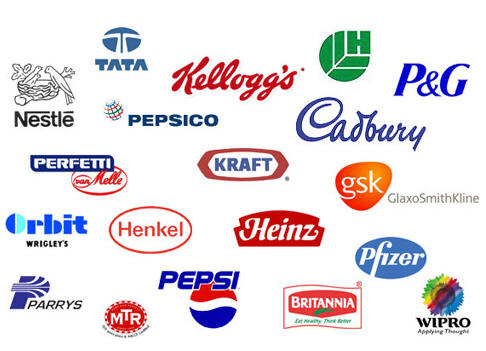China’s expanding retail industry including apparel and fashion, food and grocery, furniture retailing, and home electrical appliance was increasingly looking to outsource its logistics functions to third-party logistics (3PL) service providers. This would help the industry meet the growing need for a variety of higher quality products, a move that could be a major growth opportunity for ambitious FMCG (fast-moving consumer goods) service providers. The development of online shopping also motivates the development of logistics in China, especially express companies.
Increase in foreign investments was also driving demand in the 3PL markets. A report released by Frost & Sullivan on the 3PL market in the Chinese retail sector states that the market earned revenues of $2.18 billion in 2005, and estimated this to reach $11.51 billion by 2012.
Effect of WTO accession on logistics industry
The report also states that accession of the World Trade Organization (WTO) in 2001 had led to a marked increase in foreign investments, since the restrictions to operate in the logistics industry were disappearing.
Foreign enterprises could now operate as wholly owned subsidiaries, and operate in services such as transport, warehousing, freight forwarding, and others. Frost & Sullivan research analyst Aarthi Nandakumar stated in the report that “apart from the increasing penetration of multinationals, the 3PL activity is gaining momentum also due to the need for integrated logistics solution offering, competitive advantage through leaner supply chains, opening more toward outsourcing to focus on core competencies, and benefit from cost savings.” The retail sector was more prominent in the eastern and southern parts of China, which has consequently led to proliferation of more service providers in that region. These regions already had paved roads and a rail network in place, while central and western parts were still undergoing infrastructure improvements to ensure an operating environment that is conducive for logistics service providers.
Government incentives to develop infrastructure have encouraged 3PL service sector growth. More than 80 per cent of the investment was directed toward transportation to develop a more integrated network of highways, railways, airports, and ports.
Plans for logistics parks and distribution centers offering services such as freight management, warehousing, and inter-modal services are underway. “As retailers are beginning to realize these benefits, significant growth of 3PL market is imminent,” the report indicated. By efficiently tackling the challenges of skilled manpower and geographical diversity, 3PL service providers can be successful in the Chinese retail sector.
Developing strategic partnerships with retailers can help them to excel in the fully liberalized and open market, said the report. Domestic 3PL service providers could use their understanding of the needs and demands of the local people to their advantage to increase their market share.
“However, the highly diversified geographic needs of the country pose a challenge for service providers,” according to Nandakumar.
“As the demands of the retail sector vary from region to region, it is crucial that service providers are familiar with the local jurisdictions, which vary with provinces so that the uniformity is maintained in their service offerings,” he cautioned.
The 3PL service providers have to accurately assess the specific geographic needs and expansion plans, and offer services accordingly to meet the requirements of China’s geographic diversity.
The report said it was important for service providers to grow in tandem with the continually developing retail sector to emerge as successful 3PL participants in the Chinese retail sector.
Daxue Consulting Business Intelligence in China
Sources:
- 快速消费品
- 中国快速消费品网
- 中国快速消费品新闻





